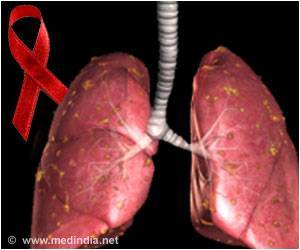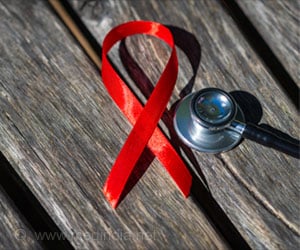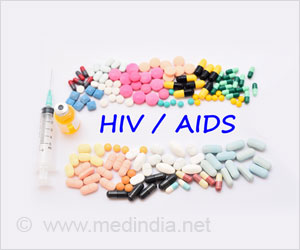Low education and high amount of gender violence were found to increase HIV Vulnerability in women, says researcher.

“While I am excited that research has progressed tremendously, the search for an HIV cure has still a long way to go. But the good thing is that it is possible,” said Professor Sharon Lewin, local co-chair of XX International AIDS Conference (AIDS 2014). Lewin is also the Director of Infectious Diseases at The Alfred Hospital and Monash University in Melbourne.
She said that the antiretroviral treatment (ART) was probably one of the greatest success stories in the last century. “It has had a huge impact on people’s lives. It has changed a universal death sentence to a lifelong chronic manageable disease. If they start treatment at the right time, life expectancy is normal for people living with HIV,” she said to Citizen News Service (CNS).
So does the success of ART mean the end of AIDS is possible? Lewin believes that AIDS-related illnesses may no longer be a threat for patients who continue with ART and have lifelong access to it. But a big challenge was ensuring treatment was universally accessible. “Treatment saves and prolongs life. A big advantage is that it reduces their infectiousness by 96 per cent. So more the people who are on treatment means greater the reduction of HIV transmission,” said Lewin.
So, the challenge was reaching out to all the people, especially key populations contended Lewis. Testing was as important as ensuring drugs were available. “In Australia, we saw no decline because we didn’t test enough. We have to destigmatise testing. It should be as easy as testing blood pressure,” she said.
For Asia, the unique challenge is the diversity of the epidemic. According to Lewin, while in some countries, it was predominantly in injecting drug users, in others it was in men who had sex with men (MSM) or commercial sex workers. More often than not, these groups were marginalised and didn’t have access to good healthcare services, she said.
Advertisement
Reference: Swapna Majumdar, Citizen News Service – CNS















